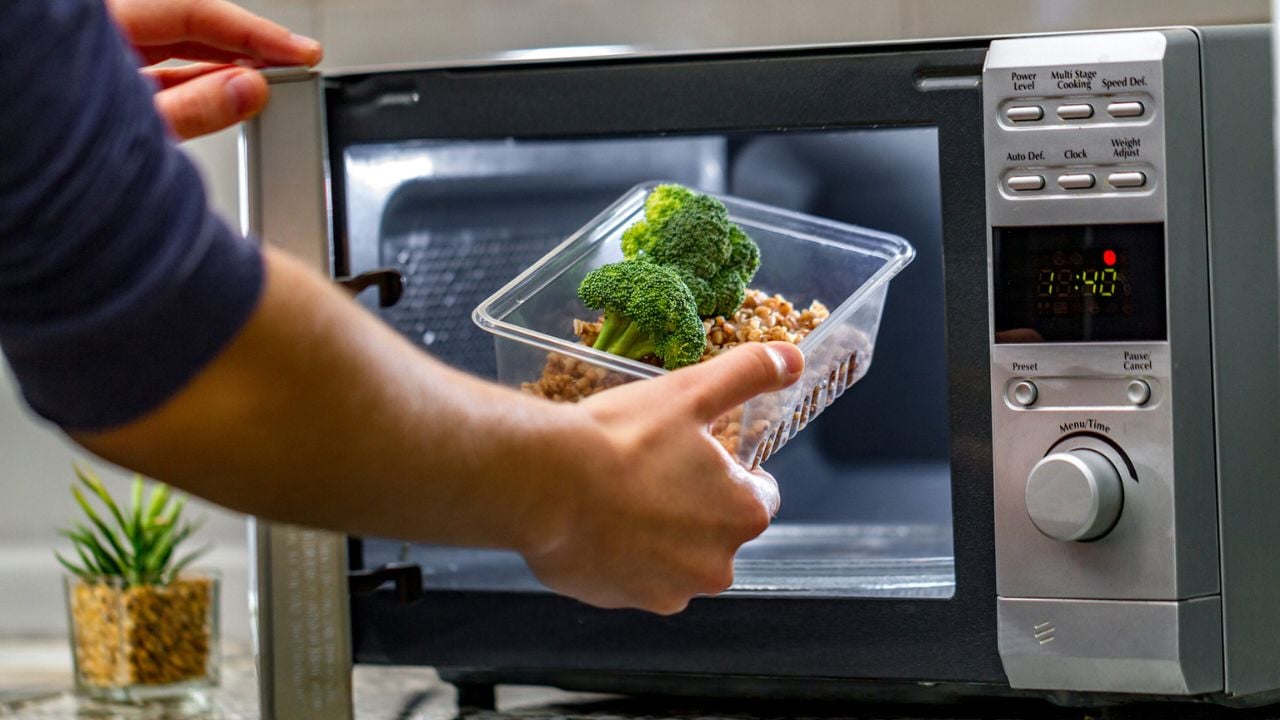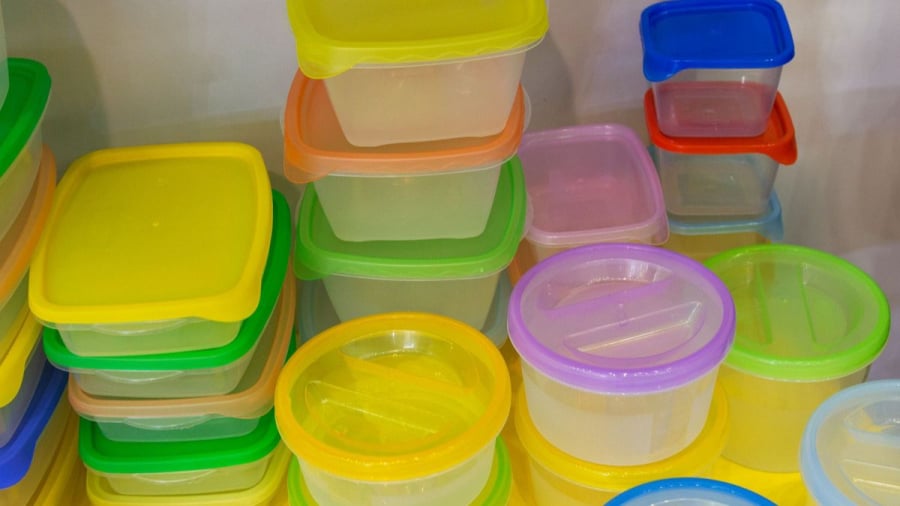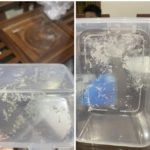When storing food or leftovers, many people use plastic containers. If you’re storing food in the fridge or have cold food that you need to reheat, you’ll likely reach for the microwave. But which plastic containers are safe to use in the microwave?
Which types of plastic are microwave-safe?
To determine if an item is suitable and safe for microwave use, you need to look for specific markings on the bottom or lid of the container. Specifically, the type of plastic that is considered safe, environmentally friendly, heat-resistant, and suitable for producing plastic boxes, bottles, and other plastic items is Group 5 plastic.

Group 5 plastics are suitable for microwave use.
This group of plastics is marked with a number and the letters “PP” (Polypropylene). Products made from Group 5 plastic typically have high durability and can withstand temperatures ranging from 130 to 170 degrees Celsius. Therefore, containers and bottles made from this type of plastic are generally safe to use in the microwave. However, it is recommended to heat them for only 2 to 3 minutes. Additionally, containers with microwave-safe markings or labeled as “BPA Free” can also be used for reheating.
Safe types of plastic
While Groups 1, 2, and 4 are considered the safest for food and beverage storage among the seven common plastic groups, there are a few things to keep in mind:
Group 1 plastic (PET or PETE):
This type of plastic is lightweight, transparent, and can withstand high temperatures. As a result, it is often used for ready-to-drink beverages or to package sauces, honey, and other condiments. However, it is not advisable to microwave containers made from Group 1 plastic, as they can potentially affect the food.

Choose the right types of plastic containers for microwaving.
Group 2 plastic (HDPE)
Group 2 plastic is commonly used for milk cartons, cereal box liners, detergent bottles, toys, rigid pipes, buckets, and more. It is highly durable, moisture-resistant, and chemically resistant. You can microwave these products at a power output of around 800 watts. However, when recycling Group 2 plastic products, make sure to clean them thoroughly, as any remaining dirt can become a breeding ground for harmful bacteria.
Group 4 plastic (LDPE)
LDPE plastic is similar to Group 1 plastic but softer. It is often used for packaging cookies, instant noodles, and other food items. It is not advisable to microwave this type of plastic, as it may melt when heated and pose health risks.
Types of plastic to avoid
While Groups 1, 2, and 4 are commonly used, Groups 3, 6, and 7 are recommended to be used with caution or avoided altogether to ensure both user health and environmental safety.
– Group 3 plastic (PVC): Despite being used for food wrapping, bottled water, and toys, PVC plastic contains toxic substances and fire retardants. When exposed to high temperatures, these chemicals can be released and leech into surrounding food and beverages.

When choosing microwave-safe containers, check the type of plastic carefully.
– Group 6 plastic (PS): Group 6 plastic is typically used for plastic cutlery, cosmetics, or foam tubes. However, one form of Group 6 plastic, polystyrene foam, contains the harmful compound styrene. Therefore, it is best to avoid frequent use and exposure to high temperatures.
– Group 7 plastic: Since Group 7 comprises various types of plastic, items marked with a 7 or no marking at all are assumed to be made from this group.

































